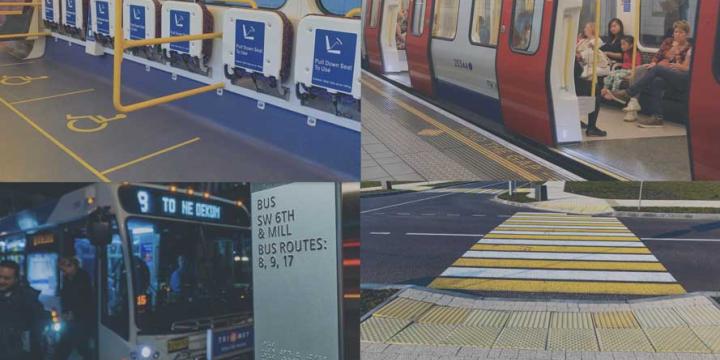Course Info
8 video lessons (63 Mins)
Published
2019-
4.43
Preview Course
Browse Course Chapters
-
1.Introduction
3 mins
-
2.Understanding Roadway Networks
6 mins
-
3.The Supply-First Era
12 mins
-
4.Traffic Flow Efficiency Strategies
9 mins
-
5.Roadway Reallocation Strategies
12 mins
-
6.Active Management of Curb Capacity
10 mins
-
7.Approaches to Adding or Subtracting Capacity
5 mins
-
8.Wrap-Up
3 mins
What You Will Learn
- Understand the criticisms of a “capacity-first” approach to transportation planning, and those conditions where a capacity response is justified.
- Learn about capacity programs for regional mobility – rail transit, bus rapid transit, addition of high occupancy vehicle lanes, and new/widened freeways and arterial streets.
- Learn about methods to increase the capacity of roads without widening them or building new ones – traffic flow management, computerized signals, roundabouts, etc.
- Learn about capacity reallocation strategies to support mode change such as facilities like bus-only lanes, bicycle lanes, and sidewalk widenings.
- Discover opportunities in active management of curb space given increased demand for TNC drop-off/pickups and deliveries.
- Learn about methods of decreasing capacity, such as road diets, to achieve other objectives.
Course Description
Post-war transportation planning assumed that addressing a transportation problem requires added transportation capacity, usually in the form of roadways. Although travel demand management strategies have grown in importance, there are times when modifying or adding to capacity is appropriate, but the range of capacities has broadened to include mass transit and active transportation, in addition to roads.
This course explains the menu of contemporary approaches to modifying or adding to transportation capacity. It provides examples of capacity responses to regional mobility for commuters and local accessibility for communities.
Learn these skills
- Land Use
- Law and Policy
- Parking
- Pedestrian Planning
- Transportation
- Urban Design
- Walkability
AICP CM
This course is approved for 1 AICP CM credit.
AIA CES
This is 1 LU.CNU-A
SACPLAN CPD
This course is approved for 1 SACPLAN CPD point.



























